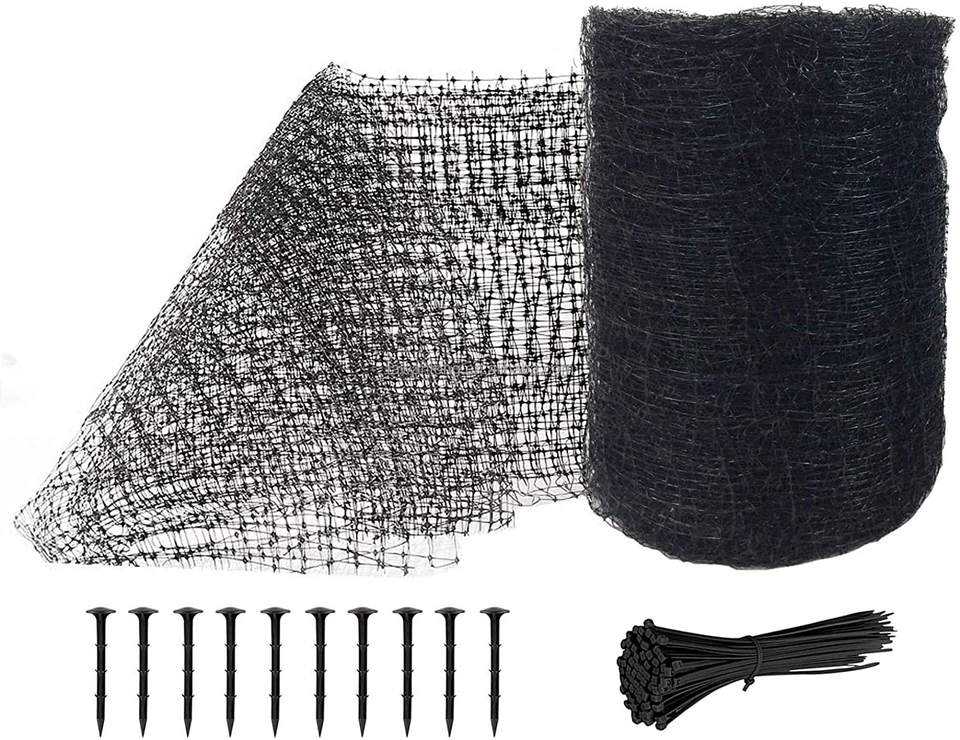What is Extruded Netting?
Extruded netting is a versatile material made from polymers, primarily used in various industrial, agricultural, and commercial applications. The process of extrusion involves forcing molten plastic through a die to create a continuous net structure.To find the suitable extruded netting manufactures also need the suitable searching methods.
Key Features:
- Material Composition: Typically made from polyethylene (PE) or polypropylene (PP), which provide durability and resistance to environmental factors.
- Customization: Available in various mesh sizes, thicknesses, and colors, allowing for tailored solutions for specific needs.
- Lightweight and Durable: Offers a high strength-to-weight ratio, making it ideal for applications where weight is a concern.
- UV Resistance: Many extruded nets are treated to resist UV degradation, extending their lifespan when used outdoors.
- Breathability: Their open structure allows for air and moisture circulation, which is particularly beneficial in agricultural applications.
Applications:
- Agriculture: Used for crop protection, shading, and erosion control.
- Construction: Acts as safety barriers and covers for scaffolding.
- Packaging: Employed in the packaging of fruits, vegetables, and other products to ensure visibility and ventilation.
- Sports: Utilized in sports nets, such as for tennis or soccer.
- Aquaculture: Serves in fish farming and related activities to maintain water quality and protect aquatic life.
Conclusion:
Extruded netting is a functional and adaptable material with a broad range of applications. Its combination of strength, customization, and durability makes it an essential component in many industries, contributing to efficiency and safety in various settings.
Post time: Mar-17-2025

